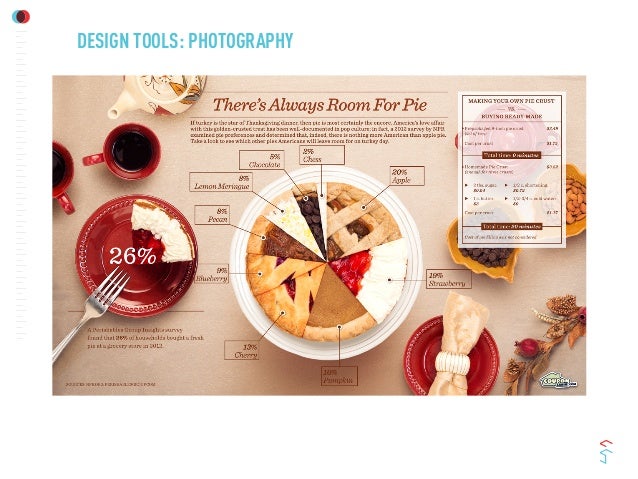Transform Your Photography By Mastering Lighting Strategies That Can Boost Your Pictures-- Discover The Common Mistakes That Could Be Holding You Back
Transform Your Photography By Mastering Lighting Strategies That Can Boost Your Pictures-- Discover The Common Mistakes That Could Be Holding You Back
Blog Article
Content Develop By-From Ibrahim
As a professional photographer, you understand that lights can make or break your pictures. Understanding the nuances of both natural and fabricated light is essential for catching the mood and clarity you go for in your work. Whether you're chasing after the ideal golden hour radiance or tweak your synthetic setups, understanding these elements can raise your photography substantially. However there are common pitfalls that many forget, and acknowledging them can transform your technique to every shoot. Let's discover what you might be missing out on and just how it can influence your results.
Recognizing Natural Light
Recognizing all-natural light is important for any type of digital photographer wanting to improve their job. It's the structure of great photography, influencing mood, tone, and quality. When you fire outdoors, focus on the moment of day. The golden hour-- quickly after daybreak and prior to sundown-- offers soft, cozy light that can transform average scenes into stunning pictures.
Do not ignore the power of overcast days. Cloud cover diffuses sunshine, developing a soft, also light that's ideal for pictures and macro digital photography. You'll locate colors pop in this sort of illumination without harsh shadows.
Placing issues, as well. Always consider your subject's orientation to the light. If the sunlight's behind your subject, you might end up with a shape, which can be significant yet mightn't be what you desire. On the other hand, straight sunshine can create unflattering shadows.
Trying out angles; often, altering your perspective can yield incredible outcomes. Usage all-natural reflectors, like water or sand, to bounce light onto your topic, adding dimension.
Learning Artificial Light
Understanding man-made light is necessary for professional photographers that wish to take their abilities to the next level. Whether you're using speedlights, workshop strobes, or continuous lights, comprehending just how to manipulate these resources can considerably improve your images.
Beginning by familiarizing yourself with the fundamentals of light quality, direction, and shade temperature. Trying out different modifiers like softboxes, umbrellas, or grids to control the gentleness or cruelty of the light.
You'll locate that soft light usually produces flattering results, while harsher light can include drama and depth. Don't avoid darkness; they can improve the three-dimensionality of your topics.
Pay very close attention to the positioning of your lights. A light positioned also near your topic can create uncomplimentary results, while also far away can lead to an absence of detail. Utilize a light meter or your video camera's histogram to guarantee you're revealing appropriately.
Finally, bear in mind that fabricated light can be mixed with ambient light for creative effects. Stabilizing see post may take practice, but once you grasp it, your photography will genuinely shine.
Techniques for Different Situations
When you enter different shooting circumstances, adjusting your lighting strategies is crucial for catching the most effective images. For visit the next website , use the golden hour-- morning or late afternoon light-- to soften darkness and enhance skin tones.
If it's a severe noontime sun, consider making use of a reflector to bounce light back onto your topic or look for shaded locations for a much more even direct exposure.
In low-light situations, like indoor occasions, enhance your ISO and utilize a wide aperture to let in even more light. A tripod can assist eliminate camera shake, allowing for longer direct exposures without blurring.
If you're shooting at evening, try out off-camera flash to create dynamic lighting and deepness in your images.
For item photography, use diffused illumination to stay clear of rough reflections. Softboxes or light camping tents can aid achieve this result.
When photographing landscapes, consider the instructions of light and time of day, as it can considerably change the mood of your shot.
Always be ready to readjust your setups and positioning based upon the situation, as adaptability is crucial to understanding illumination in photography.
Verdict
In conclusion, understanding lights is key to raising your photography skills. Accept https://telegra.ph/Important-Photography-Gear-What-You-Truly-Required-To-Get-Going-01-08 -natural light's beauty throughout golden hour, and don't avoid explore fabricated light techniques. By adjusting your approach to different situations, you'll record spectacular pictures that reverberate with feeling and quality. Keep in mind, the best lighting can change a normal shot into something extraordinary, so keep practicing and refining your understanding of both all-natural and fabricated light. Delighted shooting!
